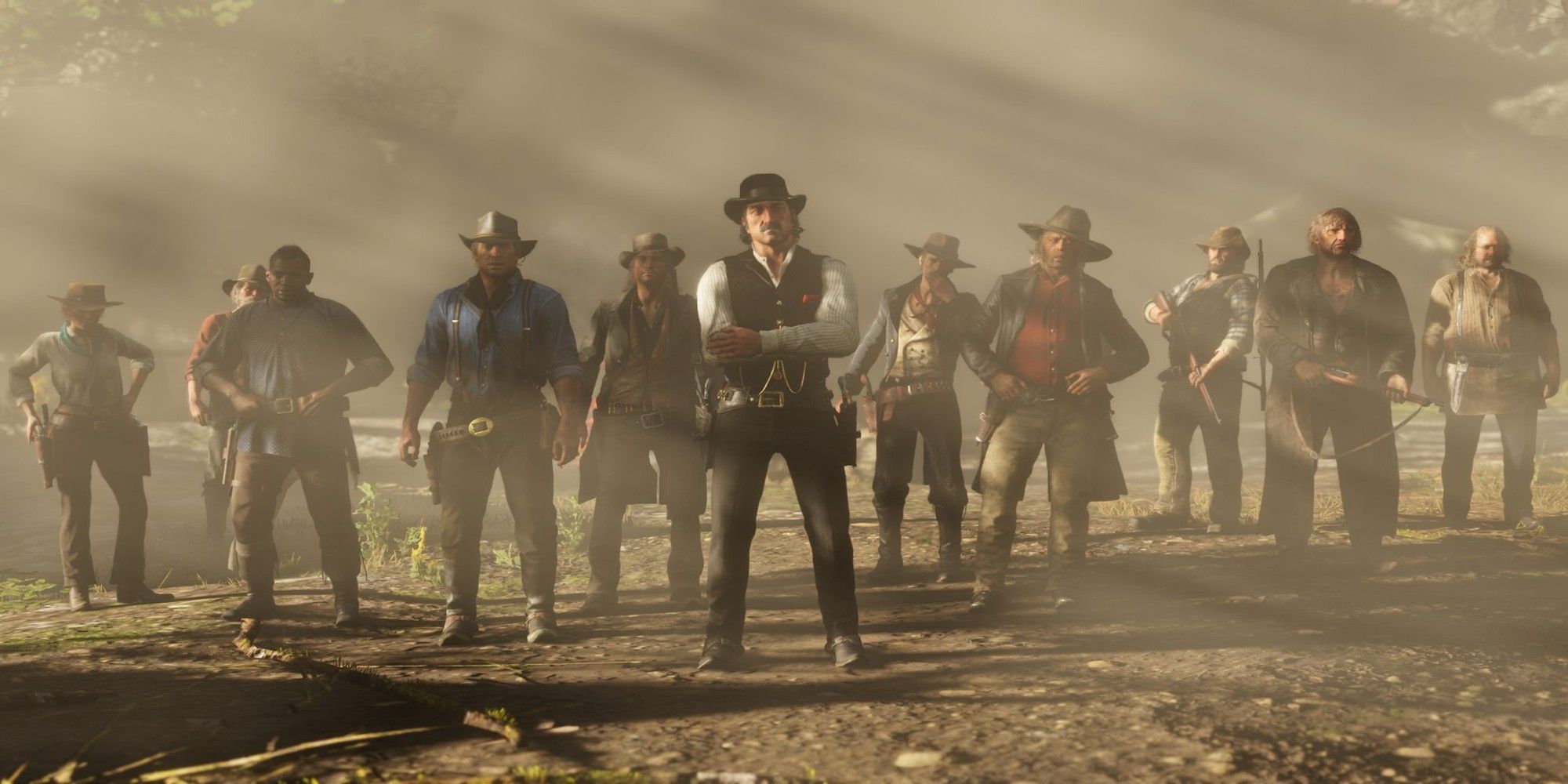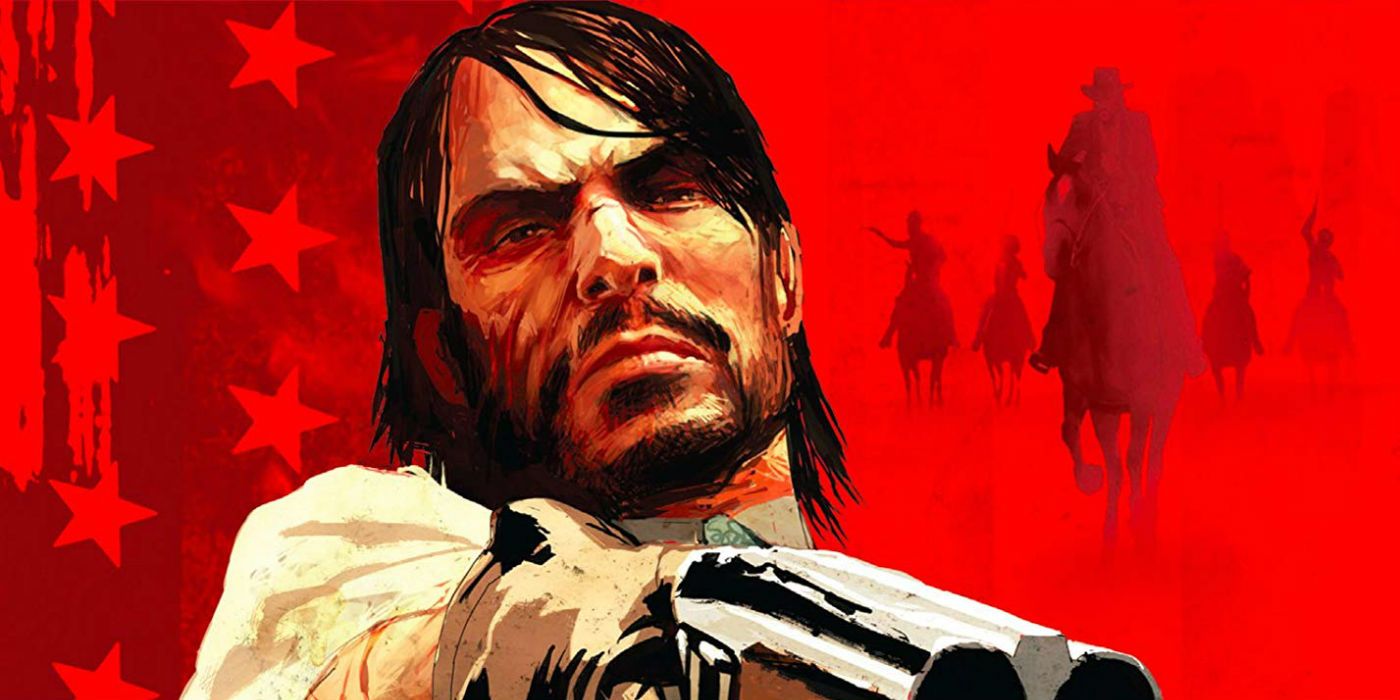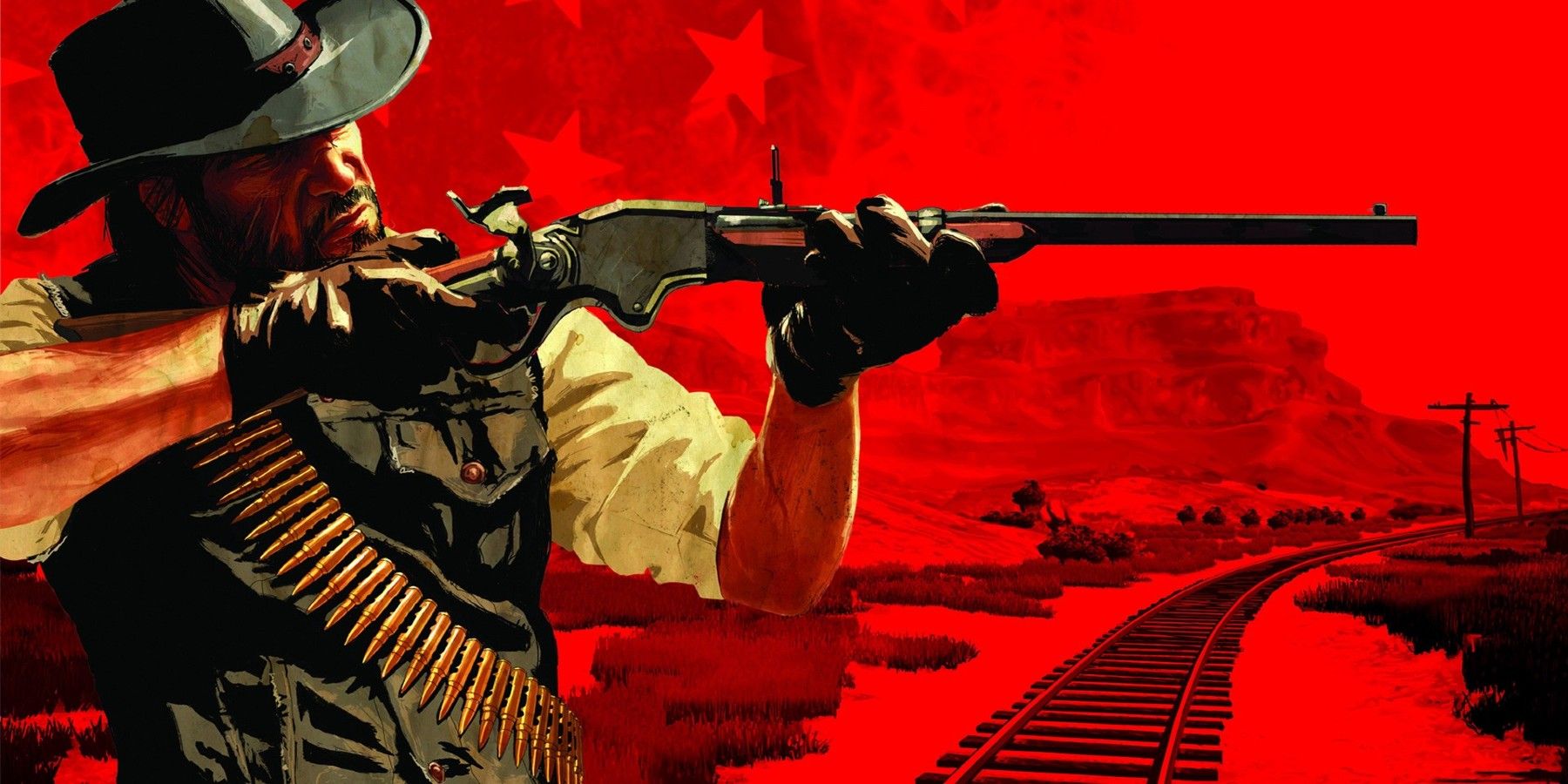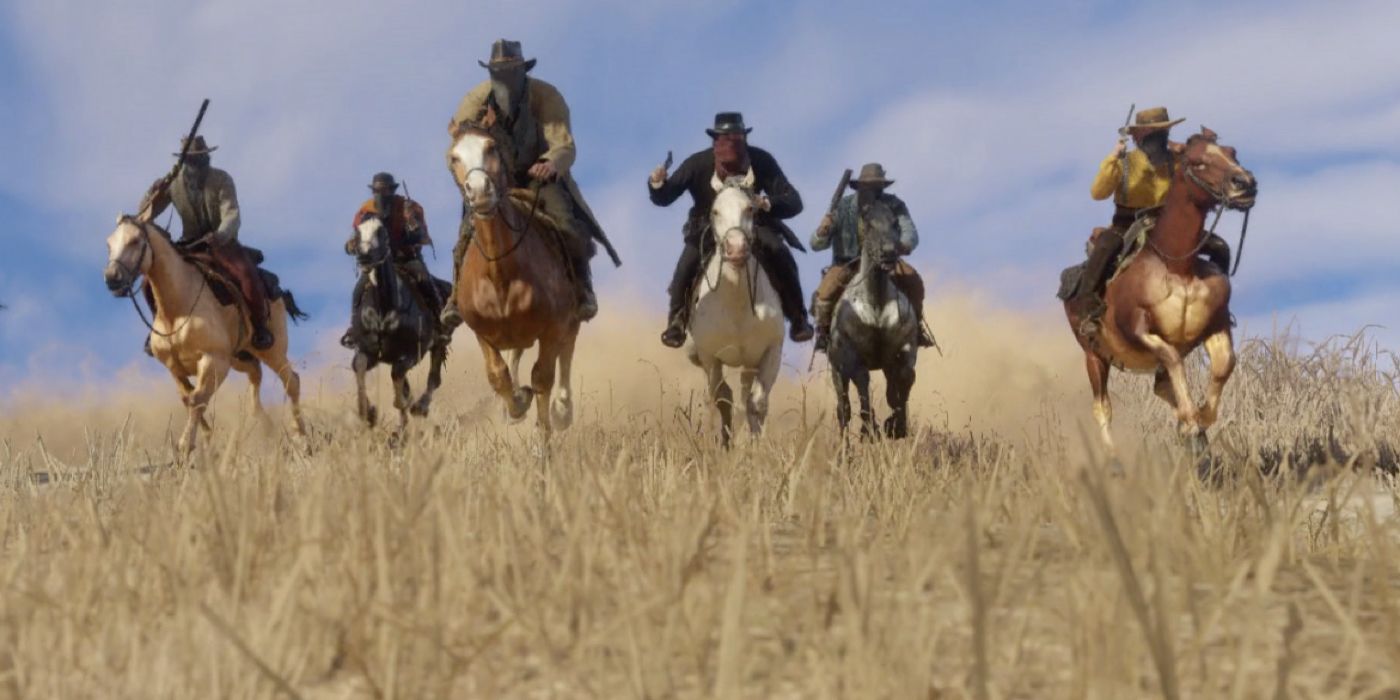WARNING: The following contains spoilers for Red Dead Redemption and Red Dead Redemption 2.
One of the most talked about games in recent memory, Red Dead Redemption 2 was a phenomenal hit within the gaming community upon its release in October 2018. Arthur Morgan's tale of high-intensity bounty hunting, bank robbing and general gun-slinging attracted many new fans to the series. The realism of Red Dead Redemption 2's beautiful open-world and vast selection of side-quests gave the sequel a level of popularity which dwarfed that of its predecessor.
Rockstar Games had 8 years to improve on the original Red Dead Redemption, introducing significant upgrades in graphics, combat and hunting mini-missions. However, despite all its virtues and commercial success, there are just some aspects in which the first Red Dead game trumps the second. Though Red Dead 2 may be the more well-rounded and polished product, it sometimes lacks the charm and innovation of the original.
The Setting
It is undeniable that the map of Red Dead Redemption 2 is absolutely stunning. From the snowy mountain ranges to the bustling city of Saint Dennis, Rockstar creates a varied and detailed world. However, those looking to immerse themselves into the real Wild West and enjoy the stereotypical cowboy lifestyle, may find themselves better suited to the environment of the first game.
The serene deserts and plentiful cacti give an authentic and cinematic feeling to the surroundings, including the dusty, wide streets of Armadillo, the lawlessness of Thieves Landing and the humble but unprotected settlement of MacFarlane Ranch. Red Dead Redemption captures the essence of a land torn apart by crime and gang conflict, where honest folk struggle to survive. It triumphs over the sequel in successfully portraying the barbarity and harshness of the world at the time, where technology and civilization were yet to be fully embraced.
Some parts of the Red Dead Redemption map are visitable after completing Chapter 6 of Red Dead 2, its insignificance to the story and lack of detail ensures New Austin is no longer the memorable location it was before. It's merely an empty wasteland, as opposed to an inhospitable and desperate part of the world, inhabited by many unfortunate souls simply trying to get by. The settings of the sequel are incredibly scenic, but they are without the eerie desolateness and open wilderness characterized so well in the first game. The image of a lone cowboy and his horse on the trail is never encapsulated better than it is in the original Red Dead Redemption.
The Characters
Furthermore, in Red Dead Redemption 2, the vast majority of the characters Arthur interacts with are in his gang and missions revolve around a select few members. In contrast, the original game provides an enjoyable cast of colorful side-characters. From the misguided grave-robber Seth, to the notorious con-man and elixir salesman Nigel West Dickens, the first Red Dead had a whimsically bizarre supporting cast which made the game all the more entertaining. Most notably, said characters and their motivations were explored throughout Marston's adventures in the game.
In contrast, many members of Arthur Morgan's gang in the sequel are easy to miss or ignore. Several of them are largely forgettable and are hardly present in any of the missions. Details of their life and story only become apparent if players are fortunate enough to eavesdrop on their randomly timed monologue in the camp. Hence, the first Red Dead installment sees its characters more successfully integrated into the main quests.
John Marston is also an arguably more nuanced protagonist than Arthur Morgan. While Arthur vocally and frequently (to the point of annoyance) announces he has committed heinous acts and is hardly a moral person, John's internal struggle is more subtle. Arthur is given a chance to redeem himself through good acts before he succumbs to tuberculosis, but John's circumstances are more ethically complex. Only by hunting down (and often killing) those he once considered friends can he be given the opportunity to be a good father and husband.
Though he acts on the whims of law-enforcers, his family have been held captive by these lawmen, who hardly seem more morally upstanding than those John is hunting. Even when this predicament is resolved and John can return to his family, it appears to be all for naught as Marston is gunned down in a heart-wrenching and shocking scene, which is more empathetic and tragic than any moment in the sequel.
With John now a lifeless corpse, players are left to question whether he deserved his chance to be a better man after all the atrocities he committed in his past. In contrast, Arthur's ending is much more simplistic, trying to do all the good he can before his inevitable demise and ackxnowledging his mistake in blindly following his gang's leader, Dutch Van Der Linde.




